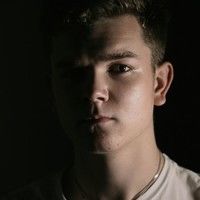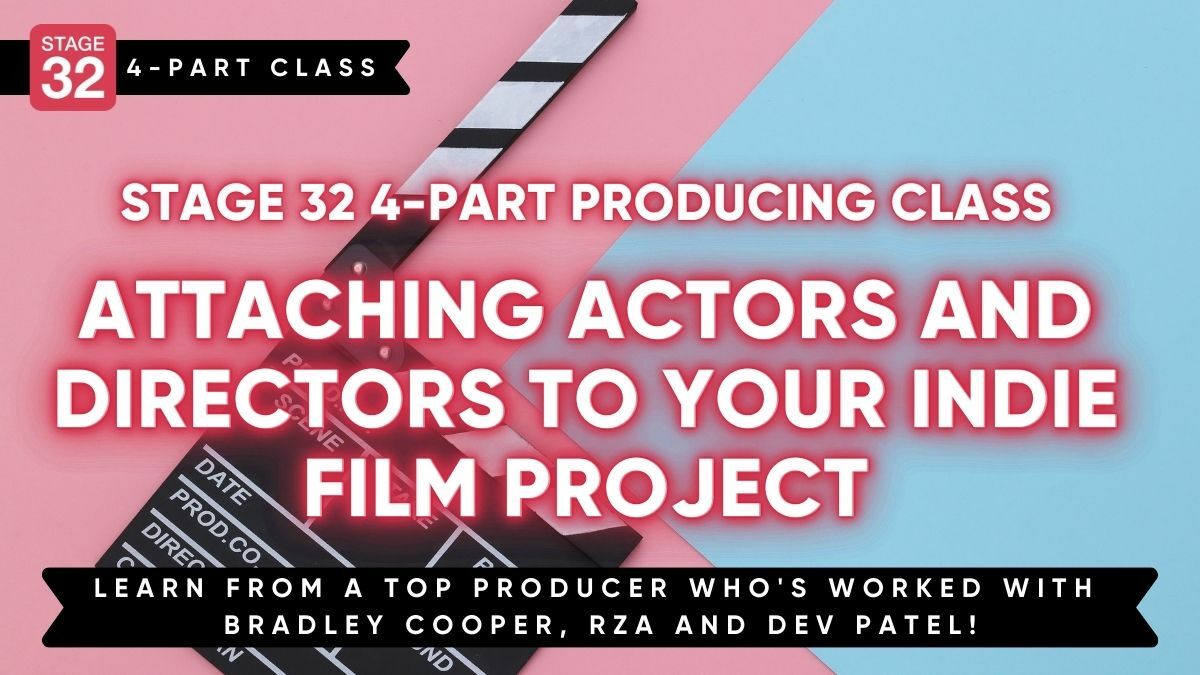Hey guys! I'll be shooting a 7-10min short film that is going to be one take. It is my second time operating the ronin. I'll be shooting on a blackmagic 4k production camera with a 16mm lens and I only have one camera assistant. The scene takes place in a bedroom and I have two actors to follow. Any tips or tricks that would help me to pull this shot off smoothly? Thanks a lot! Best regards Joost



1 person likes this
if your shots doesn't need switching between modes on ronin, get an 'easy rig'. Because, after few minutes your arms gonna be too tired and what id you have to go few takes. so i recommend the easy rig. Pulling off a single take is gonna be challenging, rehearse the whole thing few times so you know where your actors gonna be and you can plan your framing and compositions. And it'll give the actors an idea where the camera will be. Are you going to use the single operator mode or the dual operator mode? if its single mode, fine-tune the panning/tilting speed according to the tempo of the drama. if its dual mode, make sure you and the gimbal operator have a good understanding where you move. if you using the lights, pay extra attention to each and every light because you don't want a light in the frame in 14th minute. and about focus, are you using a remote focus? or you gonna maintain the aperture and keep a fixed focal length? anyhow, i think you should keep that in mind too. keep someone to assist your steps. i say this because i ended up with a nail in my foot on the 6th minute of 7 minute long take music video. Make sure to tighten up all the gear before the take, specially the monitor. yeah thats it. good luck mate.
Thanks for your help! I got the easy rig and already rehearsed several times with the actors. I only got one assistant so I'm still unsure whether I should have him pull focus or operate the gimbal and use hyperfocal focus. He is not experienced at all so it really makes it difficult.
These are fun!! Hasitha makes very good points about the Ronin. I would add that you should be working out with one or something of comparable weight until you can hold it in position for double the time you will be doing the shot. You also need to be able to do at least 1 take per hour. Use the physically smallest lenses that you can, anything to make the package lighter in your arms. Wear a back brace. You are venturing into an area where a Steadicam might be a better option, due to the ability to do looog takes. Outside of issues related to the gimbal mount, there are other considerations. Absolutely only you and the 2 actors in the room. The more folks the more everyone is moving and thus more problems with sound, lighting and clean shots. You will need a wireless focus control that can work through doors and walls and an assistant that can pull it off with a wireless monitor as the close-ups are very important for the storytelling. I will assume wireless microphones, even so, consider that the whole piece might need to be looped. In 7 minutes I assume that you will make a couple of circuits of the room, seeing every bit of it. So where do you light from? This is where it gets fun. I’ve done a complete TV drama where every scene only had 1 shot, many takes but no intercutting at all. Where the light comes from and how to use it and how not to see any camera shadows were all carefully considered. This is much easier in a studio as the room can be larger that normal and you just have more options for rigging. On location I used a lot of wall spreaders to build a minimal grid in locations but to get maximum headroom physically small instruments need to be used. Also keeping camera and operator shadows out of the shots and maintaining good lighting on the actors meant everything was on dimmers so that we could adjust the amount of light depending upon the camera angle to the actors and whether the light was from the front, side or back from that angle. I laid mine out as 4 separate lighting setups for each 90˚ around the room. Worked for most of the places we shot. This means every light is on a dimmer and that lighting not only has a monitor for the board operator but also a separate “security camera” type of feed so they can see where everyone is during the shot. It all works but it is complicated. This brings up what I thought was the key point to doing this successfully, choreography. The two actors and the camera. To get the choreography take lots of rehearsals. First plan for the close-ups. These will be done by the actors walking closer to the camera in most cases to put them in the natural flow of the scene. Moving the camera to the actor might break the feel of the scene, but it may also work. Thats what rehearsals are for. Once you know where in the script the close-ups need to be, figure out where they will be in your set and where everyone will be. Then fill in the movement for the performance between the close-ups. You will need a few places for actors to be in the correct spot without ever looking for marks on the floor, like a chair, or the edge of a table. That way you can have some guideline to where people and the camera will be hopefully hitting spots without small corrections. If you cannot hit the spots, then keep the camera moving all the time so that small corrections blend into everything else. These are fun scenes to do, challenging for everyone concerned, and have a great feel. Do your homework and the result is very worthwhile.